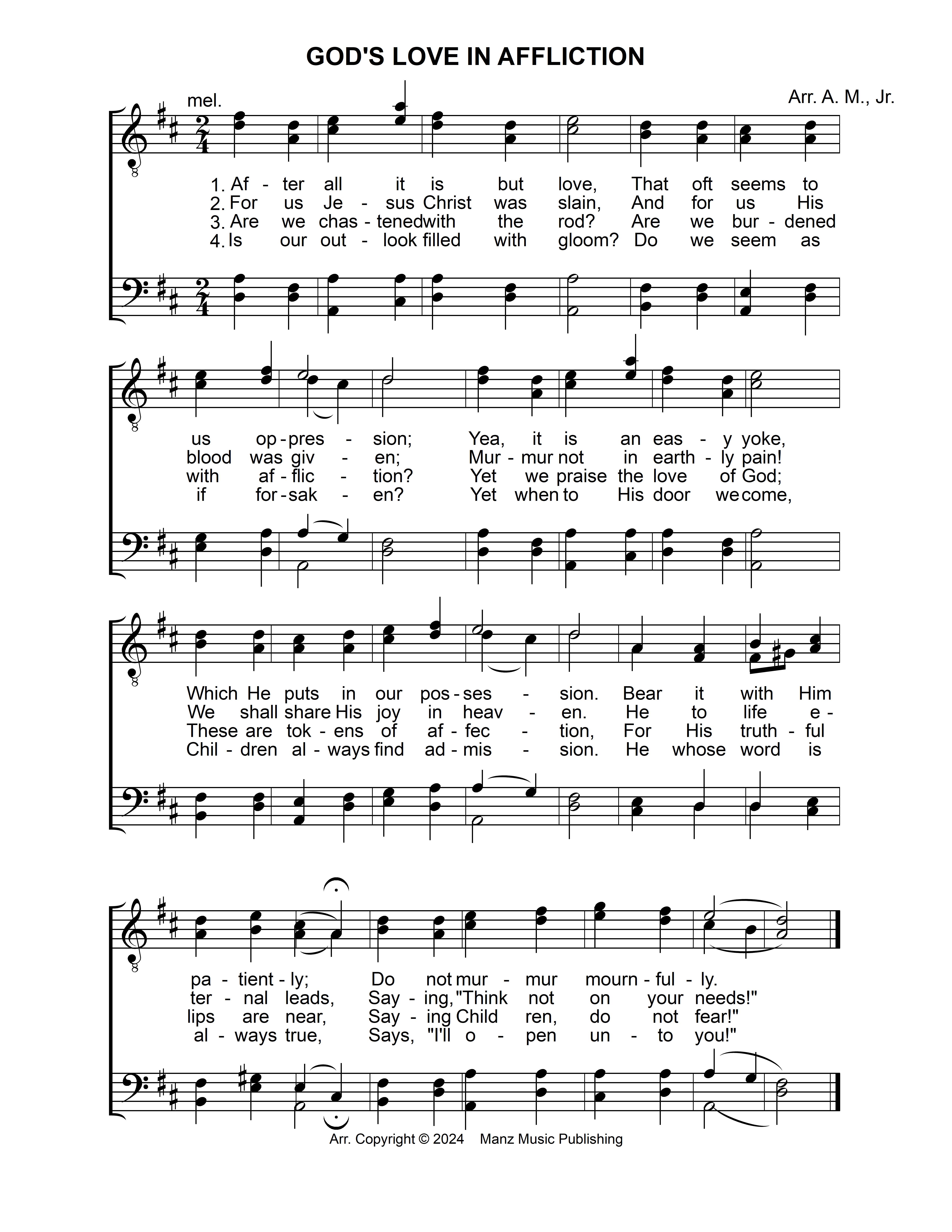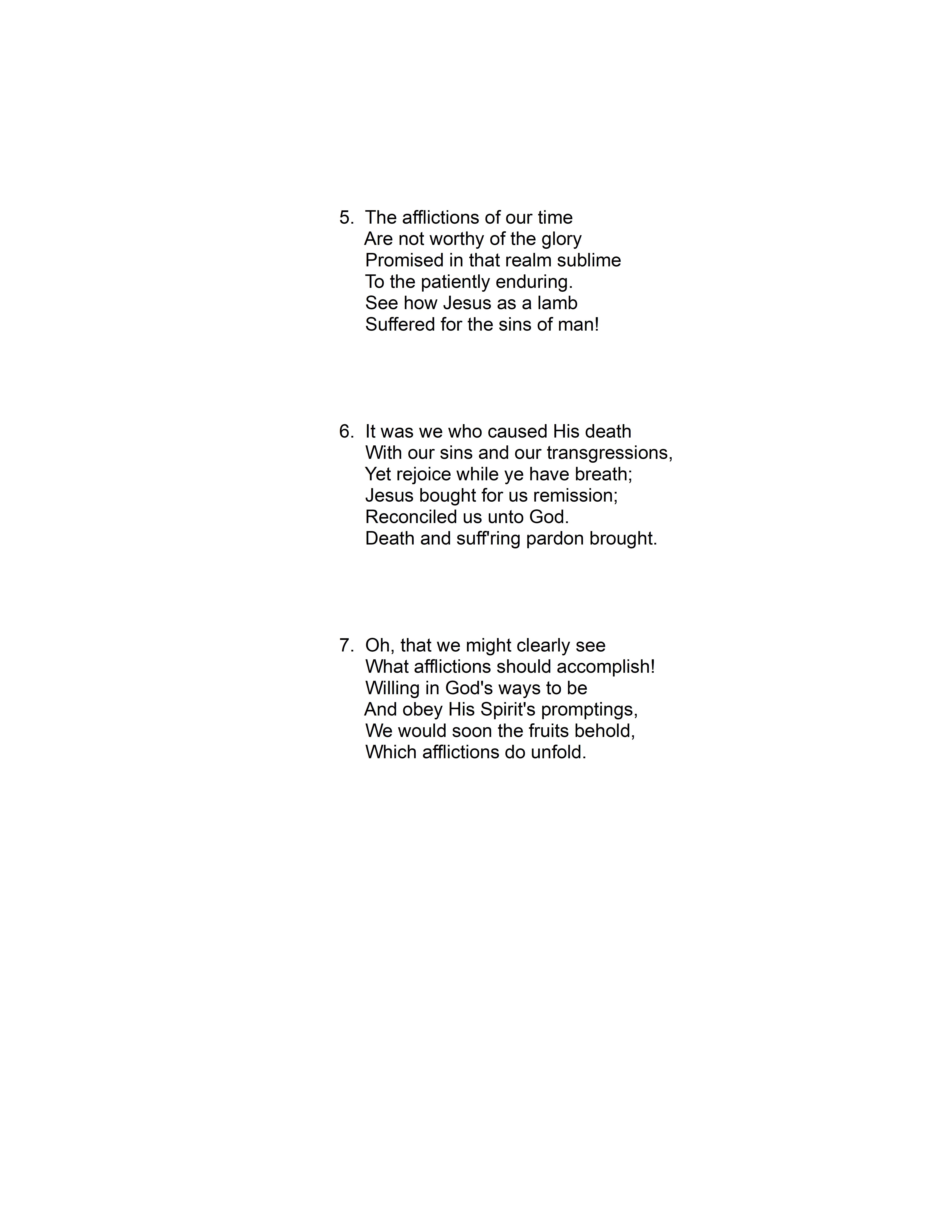Born: December 24, 1625, Mühlhausen, Thuringia, Germany.
Died: July 8, 1673, Mühlhausen, Thuringia, Germany.
Buried: Divi-Blasii-Kirche, Mühlhausen, Germany.
Ahle began studying theology at the University of Erfurt in 1645. In 1649, he accepted a job as organist in St. Blasius Church in Mühlhausen. He later served on the town council there, and became mayor in 1661. He composed both voice and instrumental works, including about 60 organ pieces. His son, Johann Georg Ahle, was also a hymnist, and poet laureate to Emperor Leopold I.
Music
Liebster Jesu
Morgenglanz der Ewigkeit
Nuremberg
Source: http://www.cyberhymnal.org/bio/a/h/ahle_jr.html
*********************************************
Born: December 24, 1625 - Mühlhausen, Thuringia, Germany
Died: July 8, 1673 - Mühlhausen, Thuringia, Germany
Johann Rudolf [Rudolph] Ahle was a German composer, organist, writer on music and poet, father of Johann Georg Ahle. He was a prolific composer of popular sacred music, notably songs, in central Germany a generation before J.S. Bach.
Life
Johann Rudolf Ahle was educated first at the local Gymnasium in Mühlhausen and then, from about 1643, at the Gymnasium in Göttingen. In the spring of 1645 he entered Erfurt University as a student of theology.
Nothing is known of his musical training, though in 1646, while enrolled at the university, he was appointed Kantor at the elementary school and church of St Andreas, Erfurt, and at this period he became well known for his ability as an organist. He returned to Mühlhausen to marry in 1650, but only at the end of 1654 does he seem to have obtained his first and only position as a musician there, as organist of Blasiuskirche [St Blasius], the same church where J.S. Bach later also served as the organist. In addition to this post, in which his fame grew throughout Thuringia and in which his son succeeded him after his death, he held several municipal offices in Mühlhausen: in 1656 he was appointed member of the senate (town council) and in 1661 burgomaster (mayor).
Works
Johann Rudolf Ahle composed both voice and instrumental works, including about 60 organ pieces. His published works include: Compendium pro tonellis (1648), a treatise on singing (3 editions); Geistlischen Dialogen (1648), Sinphonien, Paduanen, Balletten; Thüringischen Lustgarten, a series of church compositions (1657, 1658, 1663, 1665); 400 Geistliche Arien, Geistliche Concerte, and Andachten on all Sundays and Festivals, etc.
Except for his collection of dances of 1650, Ahle's large output of music consists entirely of sacred vocal works. On the whole it is interesting not because it is original but because it is typical of the music written for the Protestant Church in Thuringia and Saxony during the third quarter of the 17th century. Moreover, since Ahle and his son were the immediate predecessors of the young J.S. Bach, who as his first employment held the same position as they did at St Blasius, the state of music under them provides at least a few clues to some of the early influences on J.S. Bach's style. Ahle was probably influenced by Michael Altenburg and especially by Hammerschmidt, who, though belonging to the generation of Heinrich Schütz, wrote simpler and more popular church music. He cultivated the simple style of the chorale, avoiding polyphonic counterpoint. Certainly the tendency towards popularization characterizes almost all of Ahle's output. His tunes were for long very popular, and are still sung in the Protestant churches of Thuringia - amongst others that known as Liebster Jesu, wir sind hier. A selection of his vocal works, edited by J. Wolf in Vol. 5 of DDT (Denkmäler deutsche Tonkunst), in the preface of which to which there is a complete list of Ahle's compositions.
His music exhibits the variety of forms and styles characteristic of the combined heritage of 16th-century German Protestant music, especially chorales, and the infusion in the 17th century of Italian innovations from composers such as the Gabrielis and Monteverdi. There is considerable emphasis on the technique of the vocal concerto, in which the continuo supplies the foundation for the free, dramatic vocal writing for one or more solo voices, up to 24 (as in the 1665 volume of the Neu-gepflanzter thüringischer Lustgarten). Ahle often added ritornellos and postludes for small instrumental combinations, which in the concerto style are also integrated within the vocal writing, imitating or emphatically underscoring it. Many of his vocal concertos are on a small scale, but he could create an impressive dramatic structure on a large scale, for example the noble Misericordias Domini: Ich will singen von der Genade des Herren ewiglich from the 1665 volume (in DDT, Vol. 5). It is basically a concerto for two voices, with two violins, founded on an ostinato consisting of a rising C major scale, and he built on these foundations a set of variations of ever-increasing musical drama and fine variety that can bear comparison with the chaconne variations found in J.S. Bach's church cantatas. Some works by Ahle are based on varied forms of chorale melodies, though more frequently he retained only the chorale text in his concertos. His monodies and dialogues (as in the 1648 book) continue, like those of Hammerschmidt, the Italian-influenced tradition of such pieces that H. Schütz developed with such memorable results. Many of his dialogues are settings of the type of over dramatic, rather stereotyped Baroque expression of antithesis found in two obviously contrasted poetic thoughts - for example the words of Mary Magdalene and Jesus at the tomb (set by Ahle, in the second work in Vol. 5 of DDT) - such as is later found in J.S. Bach's cantata duets.
Ahle is best remembered for his large corpus of sacred songs (Arien) for one to four voices with ritornellos, which, as he directed, can be performed 'with or without the basso continuo'. The texts are either from the Bible or by such well-known poets as Johann Franck, Martin Opitz and Johann Rist and authors from Mühlhausen - Johann Vockerodt (Ahle's predecessor at St Blasius), Ludwig Starck and Ahle himself. These simple, chorale-like tunes were not originally meant for congregational singing but could be performed either by soloists, chorus, or a solo singer with instrumental accompaniment. They were a successful outcome of Ahle's intention to revitalize sacred music. Many of the tunes were incorporated into the Mühlhausen hymn-book in the 18th century, and at least three of them, Morgenglanz der Ewigkeit, the well-known Liebster Jesu, wir sind hier and Es ist genug, are still used in Protestant services; the last has had a long musical life, including new versions by J.S. Bach (Cantata BWV 60) and Johannes Brahms, and was most recently used by Alban Berg (in his Violin Concerto). Ahle also wrote a method for teaching singing to children in the schools of Mühlhausen, of which his son later brought out a revised and greatly expanded edition.
Son - Johann Georg Ahle
His son, Johann Georg Ahle (1650 - December 2, 1706), succeeds his father's musical honours, and was made poetic laureate by the Emperor Leopold I. His hymn tunes were once very popular, but are not now in use.
Source: Grove’s Dictionary of Music and Musicians (1952 Edition; Author: Dr. Franz Gehring); Cyber Hymnal Website; Grove Music Online (Oxford University Press, 2005, by George J. Buelow)
Contributed by Aryeh Oron (November 2005) & Thomas Braatz (November 2005)
eHymns Source: http://www.bach-cantatas.com/Lib/Ahle-Johann-Rudolf.htm


You can be the first!